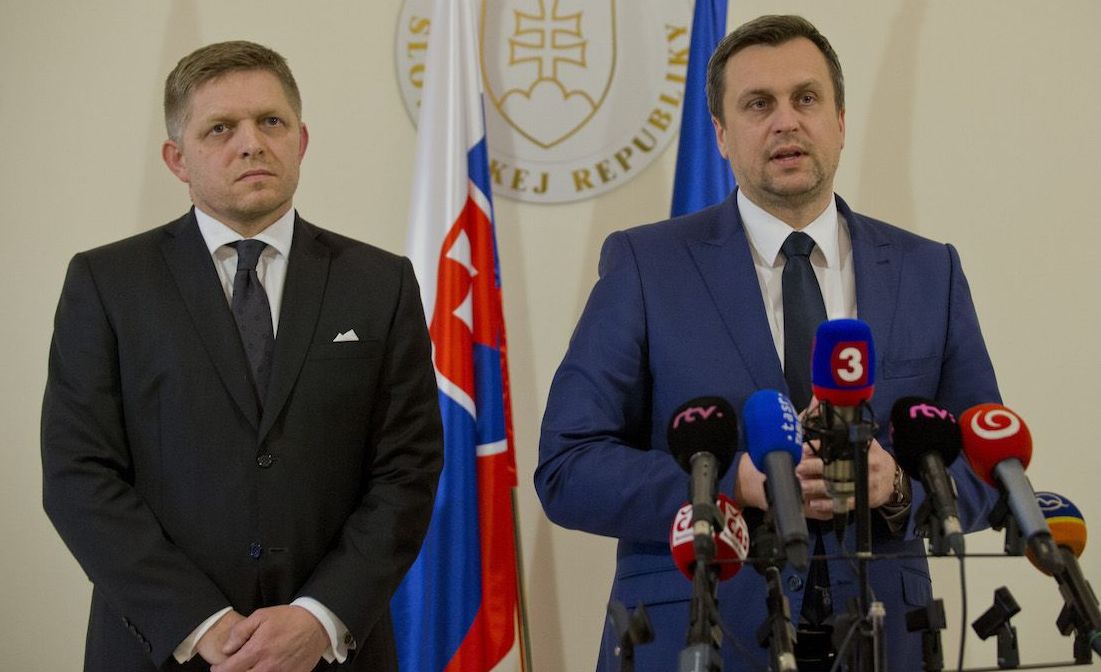Romania – It seems that Romanian company Romgaz has reached an agreement with US giant ExxonMobil to buy the US company’s 50% stake in the Neptun Deep gas field project, located in the Black Sea, for a sum of 1.06 billion dollars. Started in 2008, with its exploitation potential confirmed in 2012, this project has not yet entered the production phase, but should soon bear fruits after more than one and a half billion dollars have been spent on exploration and evaluation of production capacities. Neptun Deep’s remaining 50% stake is held by a Romanian subsidiary of the Austrian company OMV, which is expected to be in charge of the operational part of the project.
Since its discovery, Neptun Deep has generated much hope – Hungarian Prime Minister Viktor Orbán even declared in 2018 that the exploitation of this gas field would end Hungary’s gas dependence on Russia – but also disappointment, as the project remains unclear and struggles to materialise, with Foreign Minister Péter Szijjártó lamenting its slow pace at a meeting with Exxon executives in Houston, Texas, in May 2019. Noting that the project was stalling, the Hungarian authorities later focused almost exclusively on negotiations for a long-term contract with Gazprom, which they recently signed for a total of 4.5 billion cubic metres per year, approximately the total quantity that Hungary hoped to obtain by increasing the capacity of the pipeline arriving in Hungary via Romania thanks to Neptun Deep’s exploitation.
In the context of the current energy crisis and the accusations of price manipulation levelled at Russia, this new step in the Neptun Deep project is very revealing of the current energy problems, as the American giant and world number one in the energy sector is withdrawing from a project which was to supply the European market with gas. The Texas company had mentioned that possibility for the first time at the end of 2019. In the same way as for liquefied natural gas (LNG), American investors are fleeing the European market, which in recent years has tended to give priority to ideological and political considerations that disregard the real energy needs of European populations. Furthermore, with regard to Neptun Deep, in 2018 the Romanian Parliament passed a law introducing restrictive conditions and progressive taxes on the revenues of companies holding concessions in the Black Sea, which raised anger among energy groups linked to American interests and having projects in the region, some even considering the law to be a Russian set-up.
As part of the Next Generation EU recovery plan, Bucharest has presented a project that puts emphasis on renewable energies and provides for a coal phase-out by 2032. This will put Romania ahead of Poland, Czechia and Germany in the phasing out of coal. But the fate of Romanian gas is not yet determined: as the second largest producer of gas in the EU after the Netherlands – behind the United Kingdom and Norway – Romania is the only country in the region which could potentially reduce European dependence on Russian gas, thanks to the discovery of the Neptun Deep field.
Optimistic projections suggest that the exploitation of Neptun Deep could begin in 2025, but the technical nature of the project, the refurbishment works on existing pipes and the construction of new offshore pipes are all factors that do not favour an early start-up. Romgaz will be the legal owner of the shares purchased from Exxon by mid-2022, and it certainly does not have the same means and know-how as the American giant to complete the Neptun Deep project in a short time. Moreover, in the current atmosphere of green transition promoted by the EU institutions, Romania will have to show a great sense of manoeuvring to push forward its Neptun Deep project while no longer being able to count on Exxon’s influence and power. This is all the more true considering that more countries are now preparing to follow the Hungarian example by going back to a logic of long-term gas contracts with Russia.
At the same time, in the midst of the current energy crisis – which has already caused a series of shocks on European production lines, as well as heating shortages in Romania – the fate of nuclear power has still not been decided. A group of ten EU countries (France, Hungary, Bulgaria, Croatia, Finland, Poland, Romania, Slovakia, Slovenia, and Czechia) has just formed in favour of including nuclear power in the green finance taxonomy that the European Commission wants to impose on member states. Nuclear collaboration projects are under way: France’s EDF has just made a first proposal to Poland for the construction of 4 to 6 EPR reactors, while on the sidelines of the climate conference under way in Glasgow (COP26), Romanian President Klaus Ioannis and US President Joe Biden announced the launch in Romania of an SMR technology project by the company NuScale Power. This would be the first implementation of this technology on the European continent. SMRs, or small modular reactors, are mini nuclear reactors, which have become a new French nuclear priority in the “France 2030” investment plan presented by President Emmanuel Macron on 12 October, allowing for economies of scale, flexibility and versatility. Russia and the United States are today’s world leaders in this technology.
The announcement of nuclear cooperation between Romania and the United States has provoked a satirical reaction from some Hungarian observers, who note that their own country’s governing coalition, in power since 2010, is constantly mocked and condemned for daring to take the nuclear side (having signed a contract with Russia’s Rosatom in 2014 for an expansion of its Paks power plant), while a nuclear collaboration with an American company is almost hailed as a triumph of democracy. As with gas, ideological considerations are never far away when it comes to nuclear power. But these are considerations that Hungarian Prime Minister Viktor Orbán has always refused to take into account when it comes to energy supply.




